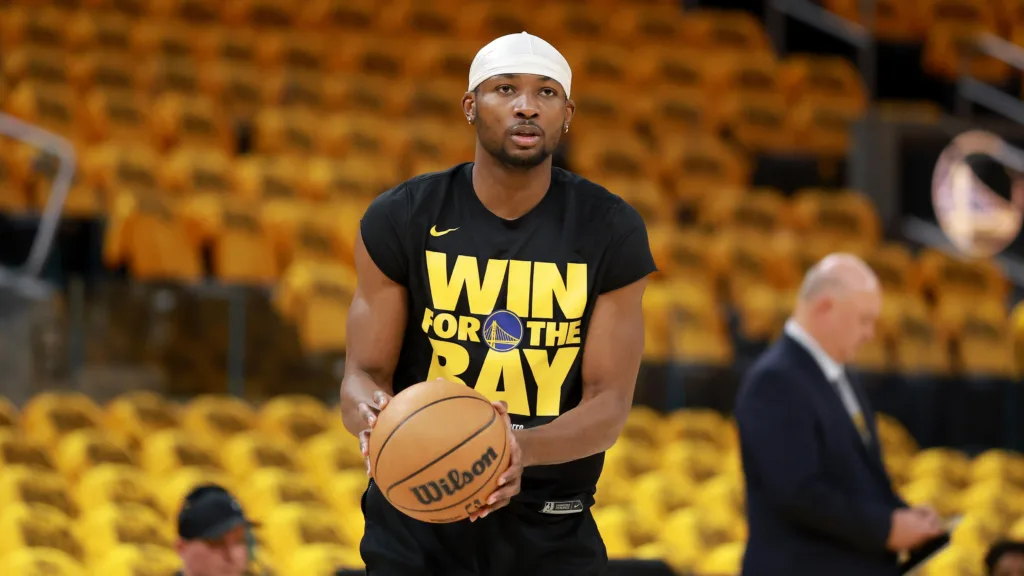The Warriors are reluctant to sign players beyond Steph Curry, Jimmy Butler and Draymond Green’s contracts, which all expire after the 2026-27 season (Green can opt out after this year).
Kuminga is required to take a three-year deal if sent out via sign-and-trade. If he stays with the Warriors, the team can get out after two years. Still, why wouldn’t Kuminga just take Golden State’s offer, especially if he has the potential to earn about $15 million more over three seasons by staying put (even if he may not earn that final year)?
If the Kings or Suns were to do a four-year deal with a player option, Kuminga knows he’s getting close to $82 million. If he outperforms his contract through three years, he’ll opt out to earn again in free agency. With Golden State, if he raises his value after two years, the team probably uses the option to keep him at a below-market price for an extra season. If he doesn’t perform as well as he’d like, then the Warriors opt him out, and that third year is lost entirely.
The two-year version, which includes a team option and the Warriors demanding prior trade consent, only guarantees him about $21.7 million. A large one-year deal with the Warriors is too high-risk for the team, since he can choose to depart in 2026 unrestricted.
One compromise may be the $45.1 million over two years without any options. That allows both sides to determine if the fit works, and for the Warriors to trade him unencumbered over the next two seasons. The downside is that a two-year contract cannot be extended. A solution could be an extendable three-year deal, no options, but the Warriors have resisted.
Put simply, the sides aren’t that far apart; a deal can be reached. If not, on paper, the Sacramento idea looks better than the Phoenix one, especially if Golden State is willing to accept that Monk’s contract is one year longer than Curry’s contract. But if that’s the case, why not just give that extra year to Kuminga?
Discover more from 6up.net
Subscribe to get the latest posts sent to your email.


